Tracing the roots and history of loot boxes and microtransactions in the video game industry.
Microtransactions like any “good” supervillain in a superhero story, needs a good origin story. So I will be looking at who “created” the concept and where the concept originally found its roots, and who were some of its early adopters. Loot boxes have had many names over the years, which included “crates” and “packs”. But it’s roots can be traced back all the way to 2007 (8 years ago) in a massively popular Chinese MMO called “ZT Online” or “Zhengtu” developed and published by Giant Interactive Group Inc. The game contained chests that you could only unlock by purchasing a key, which when unlocked would give you a random reward. Does this mechanic ring any bells? And at some point in its life, the amount of profit Giant Interactive made easily rivaled that of World of Warcraft.
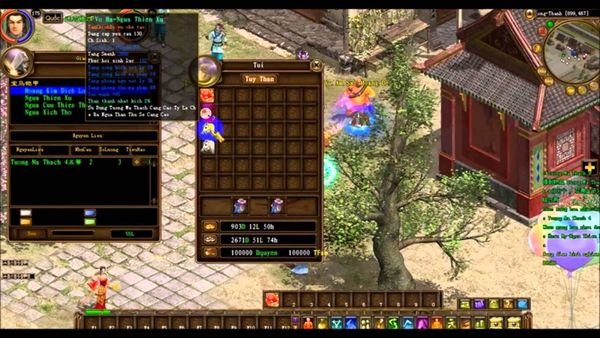
These chest keys were extremely cheap at the time only 1 yuan or the equivalent to 13 US cents for a single chest key. And just like its modern-day counterparts, the chances of getting something rare was extremely minuscule. At the time gambling in video games was an unheard of concept which helped bolster the profit margins as millions of ZT Online’s player base invested in these keys. One player Lu Yang recalls that during her craziest periods she was like a real-life gambler in a casino. She would shout at the screen the name of the item she wanted, but ultimately felt disappointed when she did not get the items she wanted from these chests. Lu Yang spent well over 10 000 yuan equivalent to 13000 US dollars at that time.
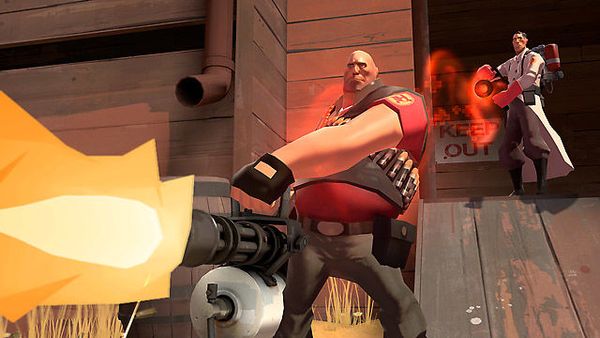
This did not go unnoticed by the western developers and publishers who were looking at increasing their profit margins, Valve was the first company to implement this in their highly popular game called Team Fortress 2 in 2007 which they called it “Supply Crates” these could be bought using real-world money. And a year later valve made the decision to make Team Fortress 2 free to play noting that microtransactions were bringing in far more revenue than people purchasing the game and its subsequent subscription fees. Enter Zynga the mobile developer entered the scene in 2009 with their Mobile, Facebook, and MySpace games, and in a span of a year using microtransactions, they managed $100 million in profit in a single year.
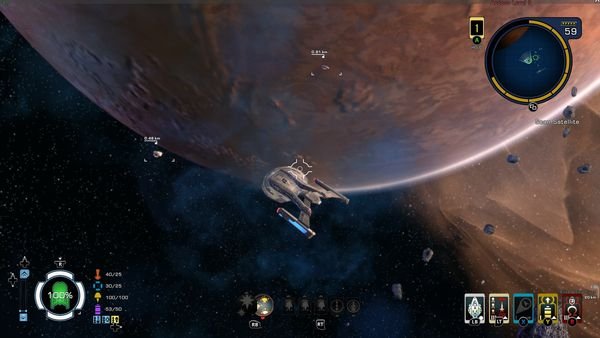
2010 was the year that Cryptic Studios creators of Star Trek Online decided to follow the same route as Valve Team Fortress 2 dropping their subscription fees in favor of microtransactions and loot boxes. Even going as far as to lock an extremely rare ship behind what they called at the time a “gift box” and your chance of getting this ship was literally one in a million. Although Mass Effect 3 sometimes gets credit for being the first AAA and console title to receive microtransactions Bioware literally took their ideas from somewhere else within EA. For years, FIFA had offered a mode called “Ultimate Team” where you would collect trading cards that you could use to build virtual clubs. Initially, they sold Ultimate Team as an add-on to the main FIFA games.
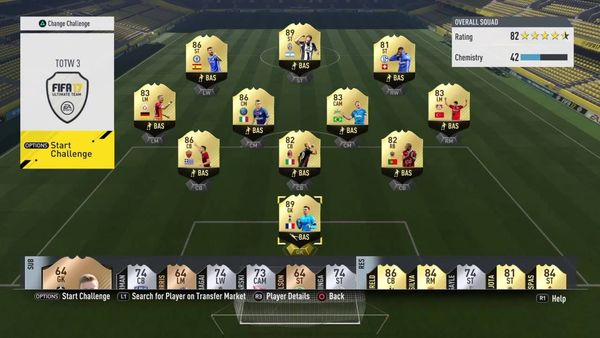
But in 2010 EA started offering the mode for free with FIFA, relying solely on card packs to generate revenue. And the move paid off making them more than $800 million annually across all of their sports franchises. Jesse Houston says Bioware worked closely with the FIFA Ultimate Team to create Mass Effect 3’s microtransaction system. For instance, Ultimate Team allowed you to trade duplicate cards, while Mass Effect 3 allowed duplicates items to level up your existing gear. “There was a ton of inspiration between our two teams that we passed back and forth,” Houston says. “We loved the Magic card feeling, and the feeling that you’re constantly getting value.” In 2013, Dead Space 3 launched and was one of the earliest single-player player games using the system.
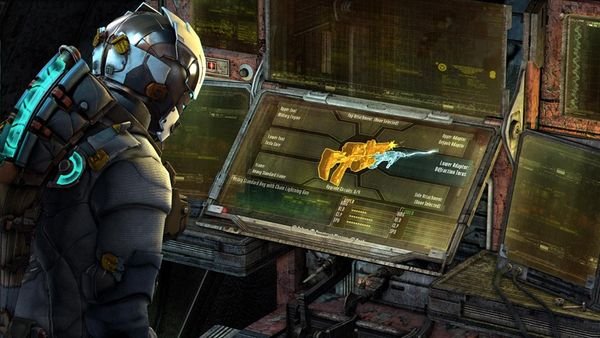
It allowed you to purchase crafting resources using real-world money, resources you would ordinarily need to work for while playing the game. And earlier this year during an industry conference EA Chief Financial Officer Blake Jorgensen vowed even more to come. “[W]e’re building into all of our games the ability to pay for things along the way, either to get to a higher level to buy a new character, to buy a truck, a gun, whatever it might be, and consumers are enjoying and embracing that way of the business,” Jorgensen said. And like the saying goes the rest is pretty much history. No wonder companies include these predatory mechanics in their games, it makes them far too much money for it to stop. It is basically a machine that prints them endless amounts of money.
Congratulations @suitablybored! You have completed some achievement on Steemit and have been rewarded with new badge(s) :
Click on any badge to view your own Board of Honor on SteemitBoard.
For more information about SteemitBoard, click here
If you no longer want to receive notifications, reply to this comment with the word
STOPWhen your account balance is high enough, you may choose a mystery box from the available selections. Typically, the box's contents are high-demand and high-priced. You will definitely win something with them. Check out the Apple Mac Pro and the What do you Meme Game hidden in this mystery box memes